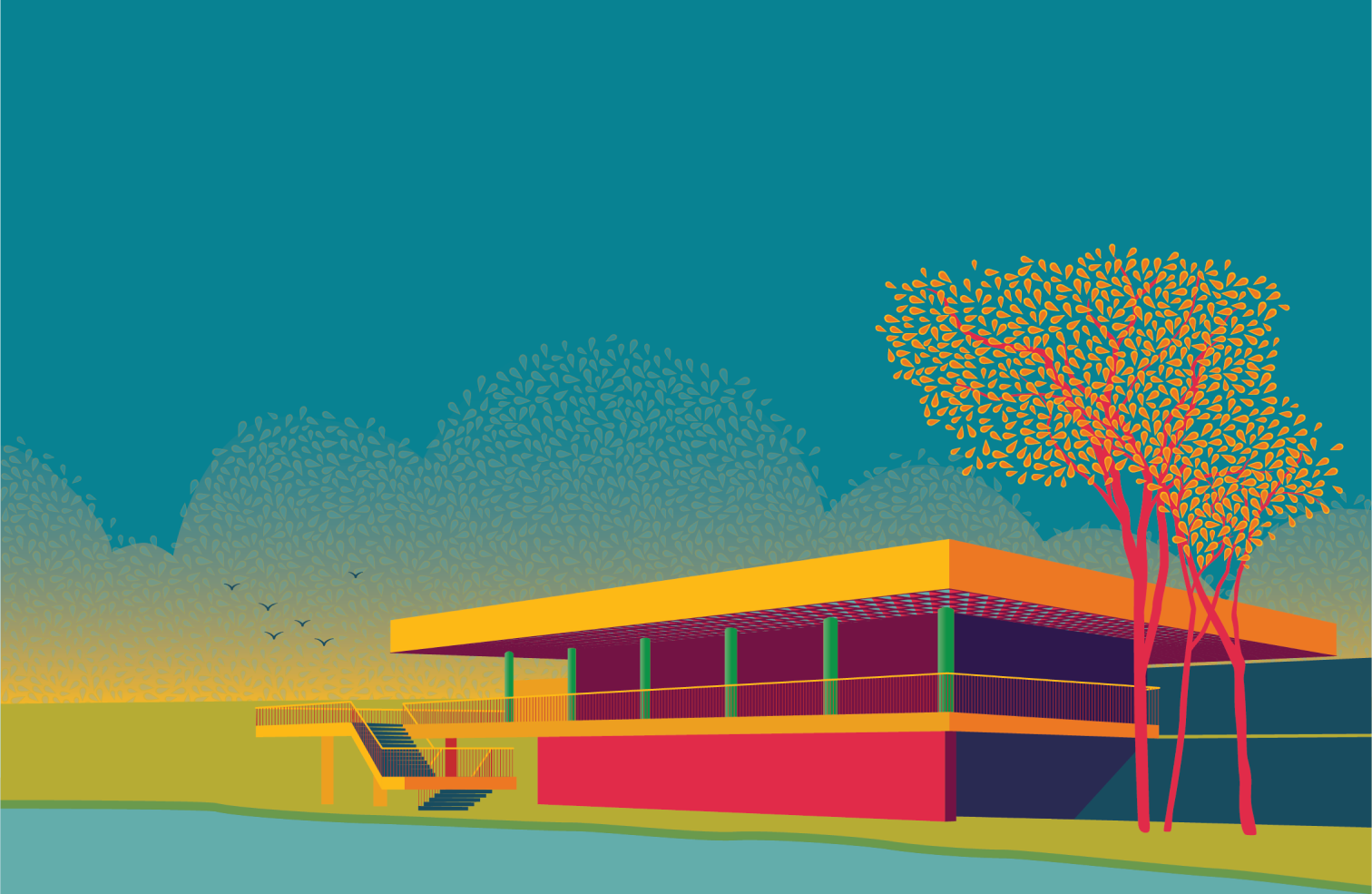Finding opportunity out of growing chaos
March 10, 2025
By Brent Bellamy, Associate + Creative Director
Originally published in the Winnipeg Free Press
Donald Trump’s tariff roller coaster has been a stark wake-up call for Canadians, exposing an urgent need to diversify trade and reestablish local production and supply chains.
From the global pandemic to the invasion of Ukraine, and now an international trade war, food security and grocery prices have shown to be particularly susceptible to outside pressures.
Even before these crises arose, cities across the world had been exploring the concept of urban agriculture — defined simply as growing food in cities — to increase food security and embed sustainable food production directly into the places where people live. The City of Edmonton, a leader in progressive urban planning policy, has begun developing a Food and Urban Agriculture Strategy.

The strategy includes looking for opportunities to integrate urban agriculture into public spaces, like streets and boulevards, and parks and plazas.
They also propose working with private developers to set aside land for such activities as backyard and community gardens, orchards, food forests, berry patches, and greenhouses. The city hopes to create an inventory of appropriate land and broker partnerships with organizations to develop commercial urban farming opportunities.
They will look to remove regulatory barriers, streamline approvals and rezoning processes, and even provide initial operational and capital incentives to partner organizations.
The city’s planning strategy does not view urban agriculture as a primary land use, but instead envisions it woven into the fabric of existing residential, commercial or recreational areas. They hope to activate the city’s public realm with food vendors, including the development of permanent indoor farmer’s markets that provide access to food in walkable inner-city neighbourhoods year-round. The city recognizes urban agriculture as an opportunity to create local employment and entrepreneurial opportunities, establish active green spaces, reinforce social networks that foster a sense of community belonging and shared purpose, and create access to food that is healthy, fresh and sustainably produced.
The City of Edmonton is taking a leadership role in developing public policy, but a private company in Montreal is taking urban agriculture to the next level, quite literally.
Lufa Farms is a company that began in 2009, inspired by the dream of redefining the relationship cities have with food. Their vision was to transform the giant empty rooftops of industrial buildings, parkades, and big-box retail stores into productive places to grow food for the neighbourhoods that surround them.
After an extensive search and many rejections, their first project came to life atop a brick-clad, 1960’s industrial warehouse built with two storeys, but engineered for a third. It was a perfect fit, and by 2011, Lufa had opened the world’s first rooftop greenhouse, a 30,000 square foot facility that has been producing 1,100 kg of vegetables per week for almost 15 years.
Over that time, Lufa has grown to become a global leader in rooftop greenhouses, now employing 600 people in six facilities across Montreal. Each new operation demonstrates a progressively higher standard of sustainability and technical ingenuity.
Their latest operation opened last year on the roof of a sprawling Walmart, bringing their total capacity up to half a million square feet of growing space, able to harvest 215,000 vegetables every week. Growing produce such as tomatoes, cucumbers, lettuce, peppers, beans and herbs, year-round, the company boasts that they can feed two per cent of Montreal, with a lofty goal of reaching ten per cent in the near future. Lufa Farms distribute their produce in grocery baskets ordered on-line by local customers. They deliver 30,000 baskets of freshly harvested vegetables every week to 350 neighbourhood pick-up points or directly to homes across the region.
The company’s rooftop greenhouses re-imagine how we use urban space, and revolutionize how we grow food, using less land, less energy, less water, less waste, and less resources.
Their greenhouses establish a symbiotic relationship with the buildings they sit on, functionally and as a revenue source, transforming unused roof area into leasable space.
By capturing the heat lost through the roof of the building below, the greenhouses consume half the energy of one located on the ground, and in the summer months, plants absorb heat, reducing the need for air-conditioning in the building below. The greenhouses use double pane windows and insulated curtains on cold days, allowing them to operate effectively 12 months per year even in a cold climate city like Montreal.
Using pesticide-free, hydroponic systems, the plants can be grown without soil, allowing irrigation water that includes captured rain and meltwater to be recirculated in a closed loop system, reducing water usage by up to 95 per cent compared to conventional farming.
Lufa’s rooftop greenhouses are challenging the way cities eat by creating an ecologically and economically sustainable model for urban farming. It’s a system that is scalable, profitable and viable in Canada’s winter cities.
With governments and private industry working together, the progressive planning policies in Edmonton could be combined with the private innovation in Montreal to transform Canada into an urban agriculture powerhouse in control of its own food supply. Building a rooftop greenhouse on every Walmart store alone would reduce Canada’s vegetable imports by 15 per cent every year.
Winston Churchill famously said, “Never let a good crisis go to waste”. As such, we might use this trade war as the catalyst to foster innovation and creativity, establishing an entirely new way for Canadians to access food — a way that is sustainable, healthy and secure.
Imagine every Canadian city as a city of rooftop farms, with an edible landscape woven through neighbourhood greenspaces, public boulevards, and private yards.
Imagine if all Canadians could eat fresh food on a frigid February day, not transported 5,000 kilometers in a truck, but harvested the day before from a greenhouse down the street in their neighbourhood.

